![]()
![]()
![]()
Use LEFT and RIGHT arrow keys to navigate between flashcards;
Use UP and DOWN arrow keys to flip the card;
H to show hint;
A reads text to speech;
25 Cards in this Set
- Front
- Back
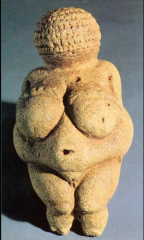
|
Woman from Willendorf
“Venus figure” 30,000–25,000 BCE Thought to be a fertility figure |
|
|
BCE:
CE: Ca. |
Before Common Era
Common Era “Circa,” around, approximately |
|
|
Paleolithic:
Mesolithic: Neolithic: |
ancient‐stone (ca. 2 mil BCE – ca. 10,000 BCE)
middle‐stone new‐stone (ca. 8,000 – ca. 3,000 BCE) |
|
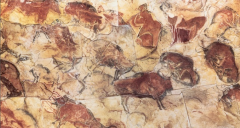
|
Altamira, Spain
15,000–10,000 BCE |
|
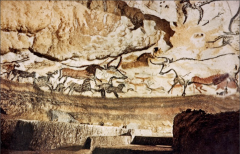
|
Lascaux (France): Hall of the Bulls
15,000–13,000 BCE |
|
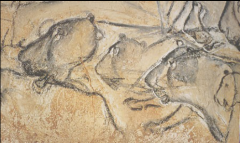
|
Chauvet Cave (France), 30,000–28,000 BCE
|
|
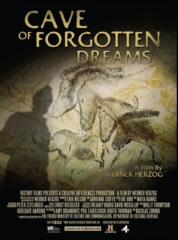
|
Cave of Forgo5en Dreams,
Werner Herzog, dir., 2010 |
|
|
Sumerian Civilization
|
Developed around 4000 BCE
• Controlled rivers, developed irrigaFon systems (in the desert) • Each city‐state had a specific patron deity (ruling and protecFng god) • Rulers were priests who served their god • Stable government lead to specializaFon |
|

|
Zuggart
Northeastern façade with restored stairs. Ur (modern Tell Maqayyar, Iraq) ca. 2100 BCE Temple dedicated to Nanna, Sumerian moon god |
|
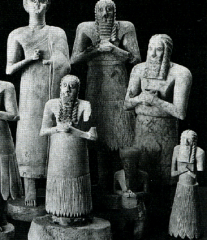
|
Statues of worshippers and deiFes from
the Square Temple (Abu Temple) at Eshnunna (modern Tel Asmar), Irag, c. 2750 BCE |
|
|
Sumerian Technology
|
counFng based on 60‐‐used to measure Fme
• architectural endeavors based on math • pottery was mass produced • casting of bronze • invention of glass • invention of the wheel • invention of writing |
|
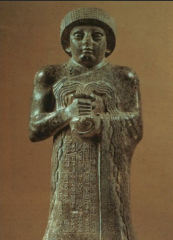
|
Hammurrabi
|
|
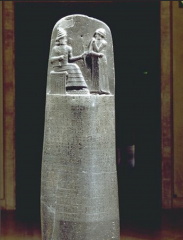
|
Law Code of Hammurabi, ca 1760 BCE
|
|
|
Relief
|
its a sculpture that is half stone
|
|
|
Horus
|
the son of Osiris and iris often the symbol of the king (falcon head)
|
|
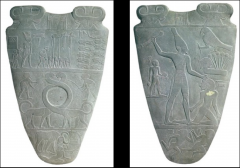
|
Palette of Narmer, ca. 3150-25 BCE
|
|
|
Iconography:
|
identification, description, and
the interpretation of the content of images |
|
|
Hierarchical scale:
|
relative size determined
by relative importance among figures |
|
|
Egyptian Hieroglyphs (for priestly decree)
Egyptian Demotic Greek |
(for priestly decree)
(daily native script) (language of administration) |
|
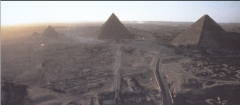
|
Great pyramids, Giza: Menkaure (2533-2515),
Khafra (2570-2544), Khufu (2601-2528) |
|
|
Ka:
|
Egyptian concept of eternal spiritual essence
|
|

|
Amenhotep IV = Akhenaten
1353-1336/1351-1334 |
|
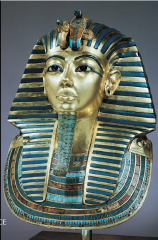
|
Funerary mask of Tutankhamun, ca. 1337 BCE
Gold, semi‐precious stones, glass. 75 lbs. |
|
|
Minoan Civilization:
|
wealthy, secure, & matriarchal
|
|
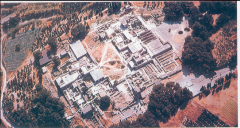
|
Minoan Palace of Knossos, Crete
1500 B.C.E |

